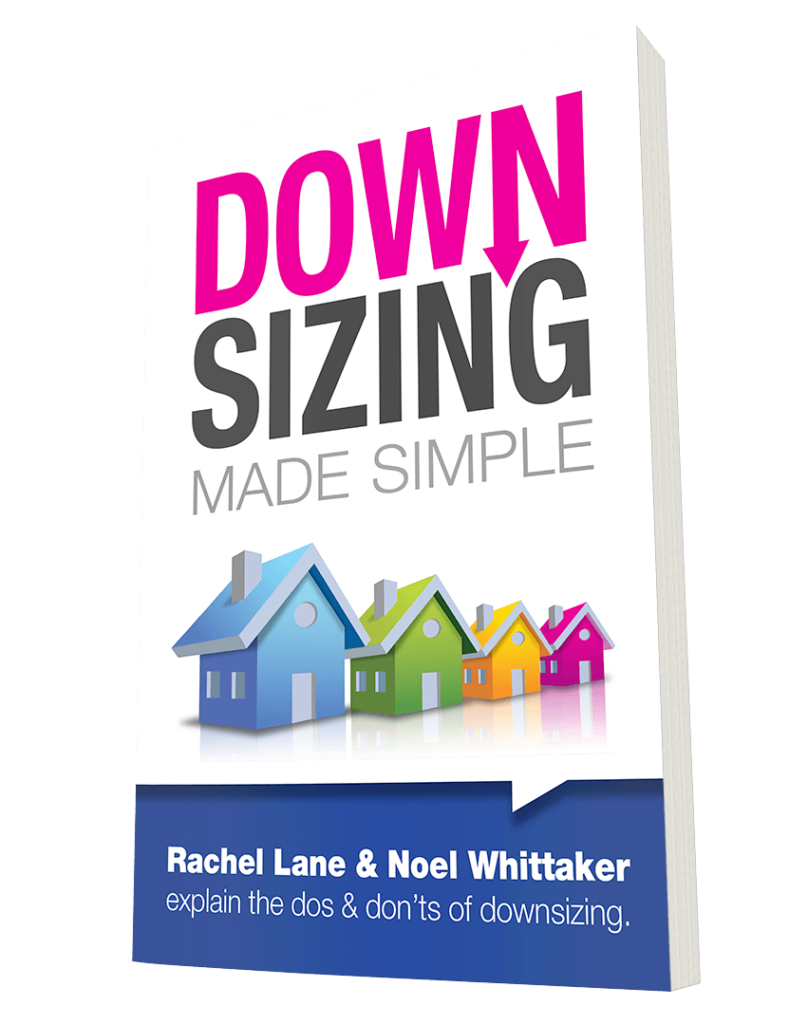When considering the move to a retirement village, one can easily become overwhelmed with the intricate financial details. Numerous fees and costs make it a daunting process for many. Nevertheless, by segmenting these fees into ‘ingoing’, ‘ongoing’, and ‘outgoing’, the task becomes much more manageable. Here’s a breakdown of five essential steps to navigate the financial maze of retirement village living.
Step 1 – Understand the Deferred Management Fee (DMF): The DMF often represents the largest component in the outgoing cost. While some villages offer no management fee (in exchange for a heftier purchase price), the industry average hovers around 30%. This fee can range anywhere from zero to 100%, usually accumulating over your initial 5 to 6 years in the village.
The primary action here is to ascertain the DMF’s amount and its basis. Is it dependent on the purchase price or the eventual sale price? For instance, if your DMF stands at 5% annually over six years, living in the village for a decade would mean your DMF is 30%. With a purchase price of $400,000, this translates to a DMF of $120,000.
If the fee is based on the future sale price, it requires an estimated projection of the sale price upon leaving. A conservative approach, using a 2% annual growth rate, implies that a $400,000 unit might fetch about $487,600 a decade later. Thus, a 30% DMF would be approximately $146,279.
Step 2 – Factor in capital gain or loss: Your contract might stipulate that you receive a portion, if not all, of the capital gain or loss. Even though a common perception is that “property always appreciates”, real estate prices can be volatile, especially in the short term. Therefore, it’s essential to factor in associated costs and the potential share of any capital loss.
Step 3 – Account for renovation costs: In cases where you’re entitled to some (or all) of the capital gain, you might also be responsible for covering the costs tied to achieving this gain. This often entails renovation expenses. After a decade in the village, potential renovations could encompass a new kitchen, updated bathrooms, and fresh flooring. Even if your contract doesn’t mandate extensive renovations, there might be minor reinstatement work, like fixing damages or undoing any modifications you’ve made.
Step 4 – Incorporate selling costs: Identifying a buyer might necessitate your property’s promotion. This can encompass professional photography, furniture styling, and other promotional methods, all of which carry their own costs. Just like other property dealings, there might also be legal charges, administrative fees, and sales commissions.
Step 5 – Consider the buyback period: Though not a direct expense, the buyback period can impact your finances. This is especially significant if your property doesn’t sell. Different states have their own regulations dictating buyback conditions and durations, ranging from no buyback to a timeline stretching over 18 months. Some villages might even propose a shorter buyback period, possibly as brief as 3 months, even when no buyback is mandated. Should your subsequent move involve aged care, a prompter buyback could save you considerably.
Making the shift to a retirement village involves numerous considerations. For most, thoughts about the financial aftermath of leaving the village might not be at the forefront. However, by delving deep into the village’s costs, understanding the potential impact on age pension, rent assistance, and other financial factors, you can confidently know where you stand before any commitment.
As a downsizing expert and author of Downsizing Made Simple, I always advocate for staying informed about such changes that directly affect your financial well-being.
Stay tuned for more updates and tips on how you can navigate these changes effectively.
- Advice given in this article is general in nature and is not intended to influence readers’ decisions about investing or financial products. They should always seek their own professional advice that takes into account their own personal circumstances before making any financial decisions.
The original article featured in the website Sydney Morning Herald on 5 July 2023







